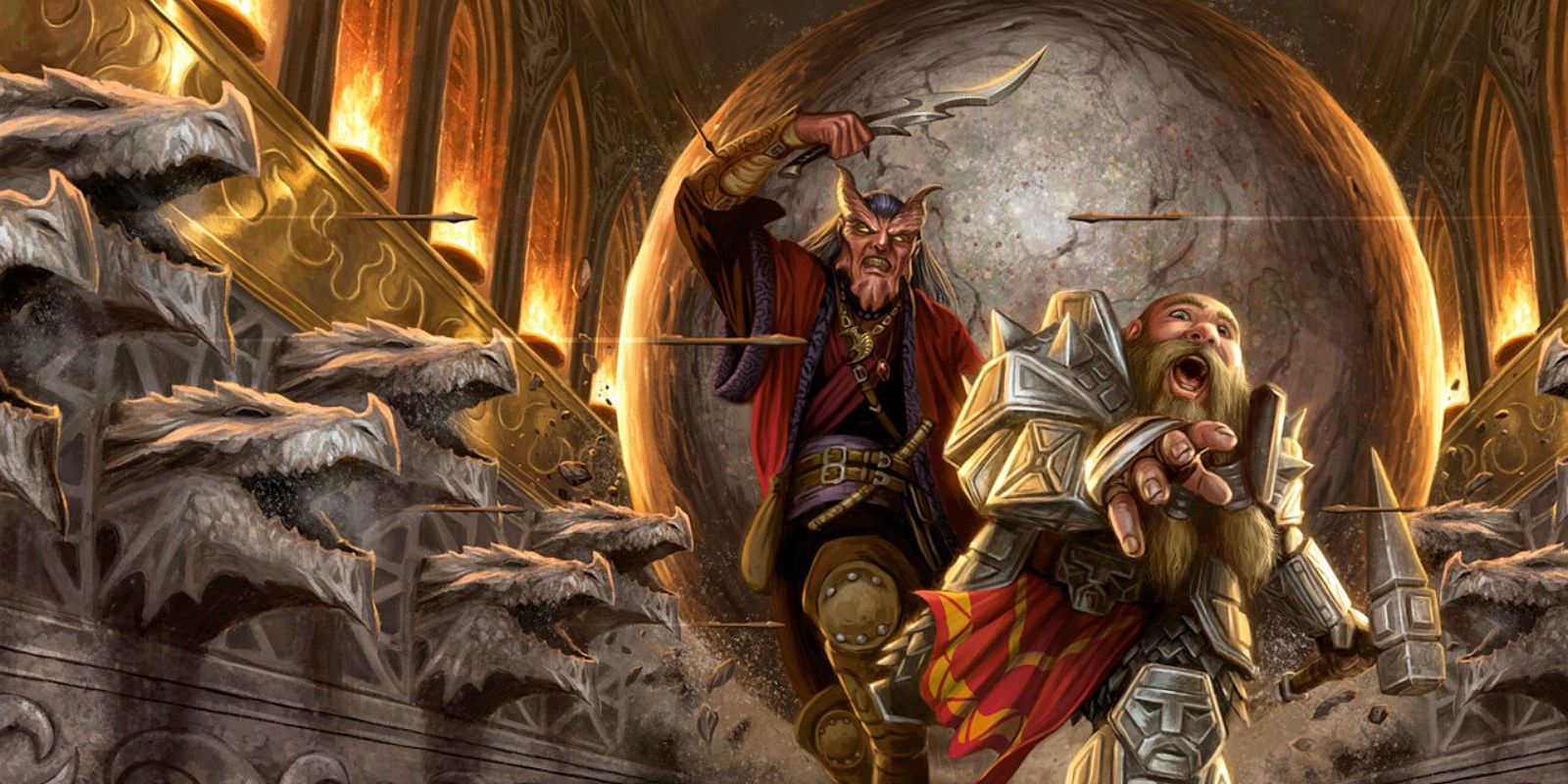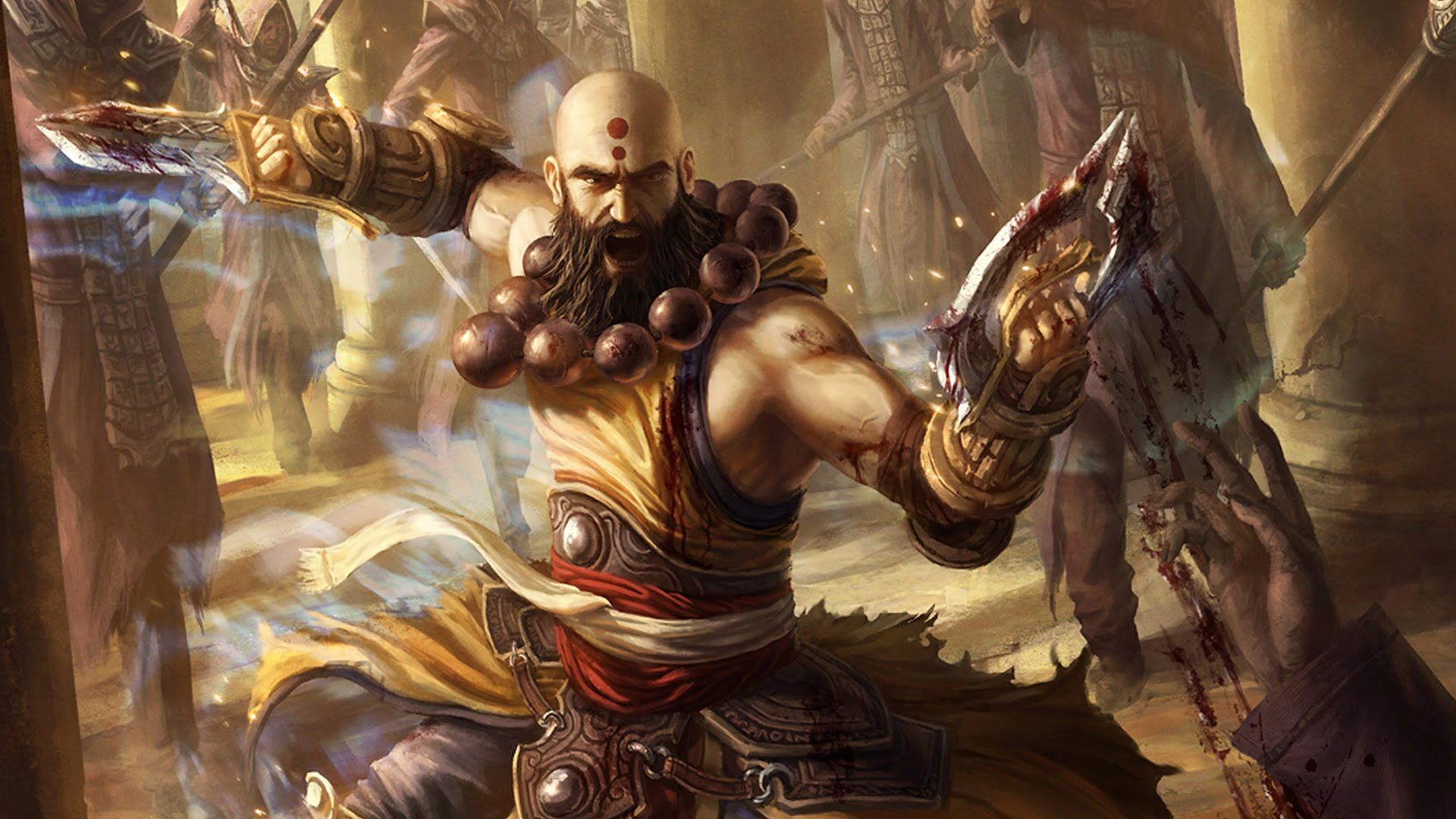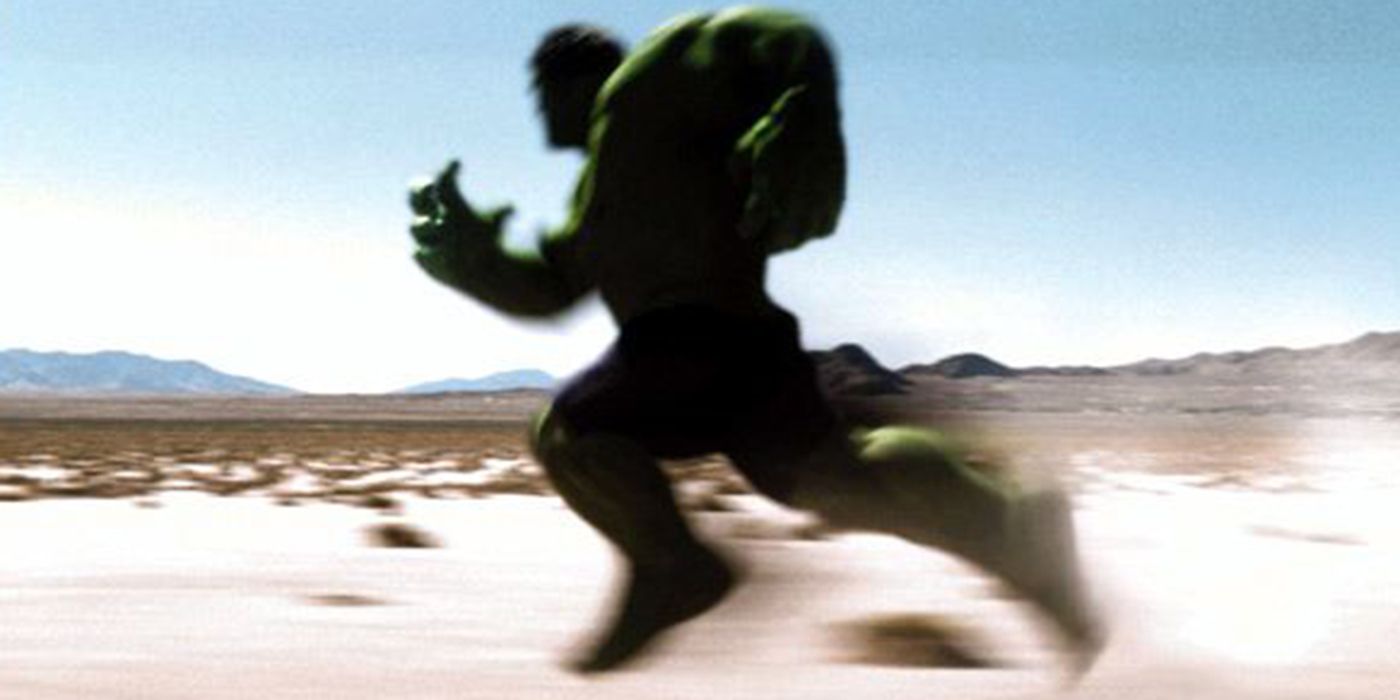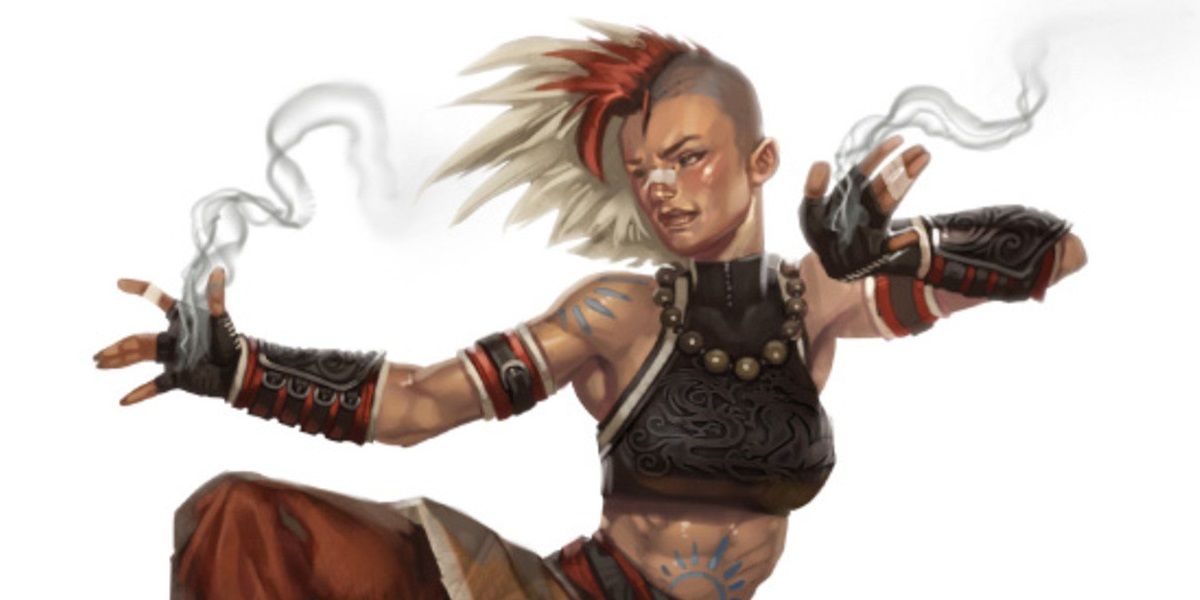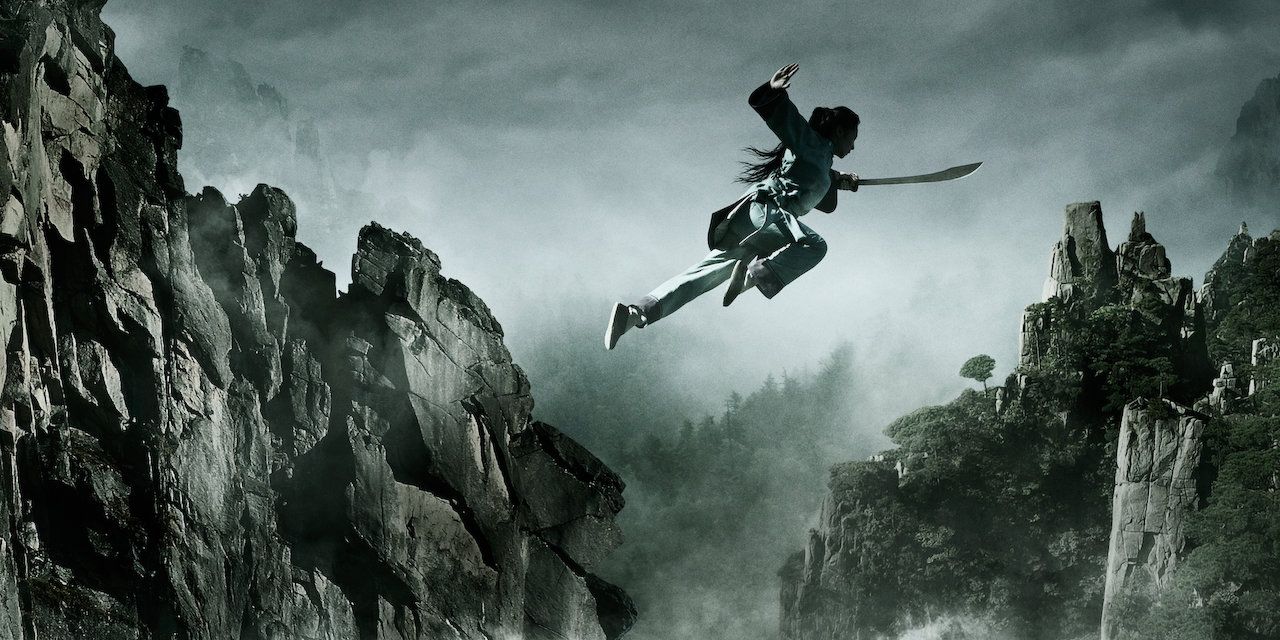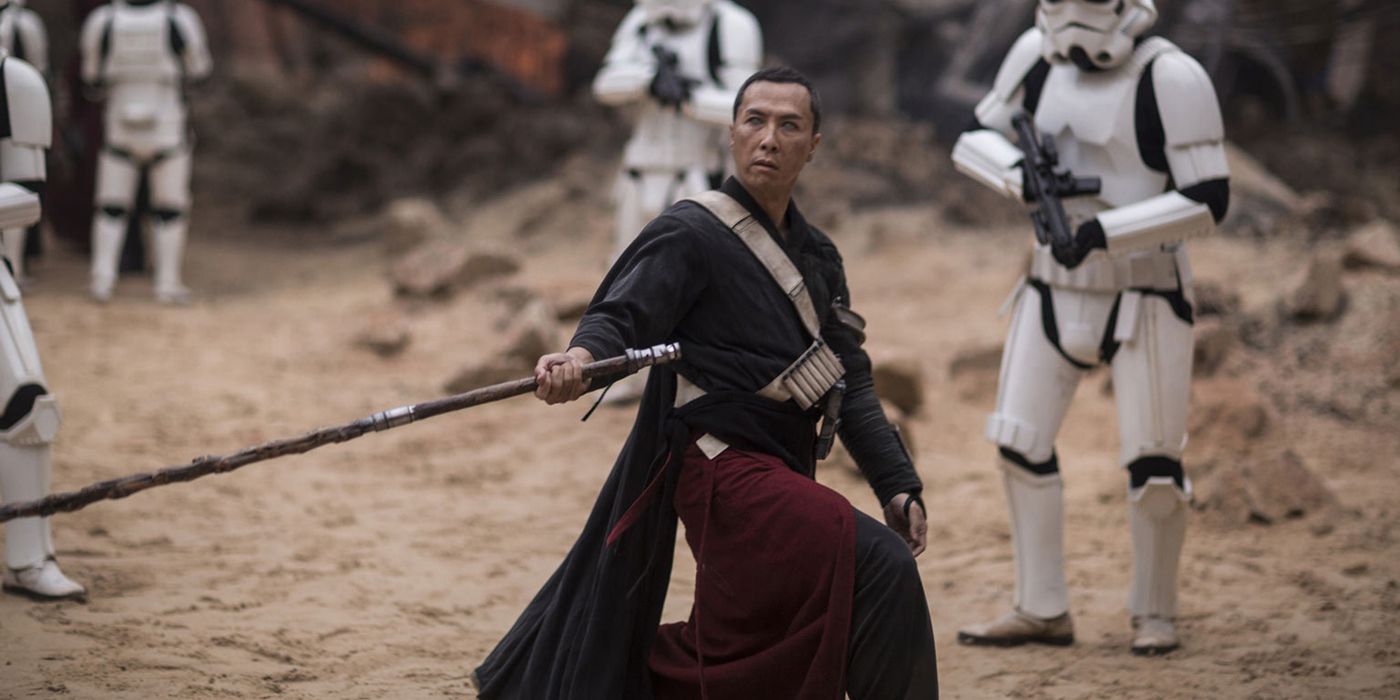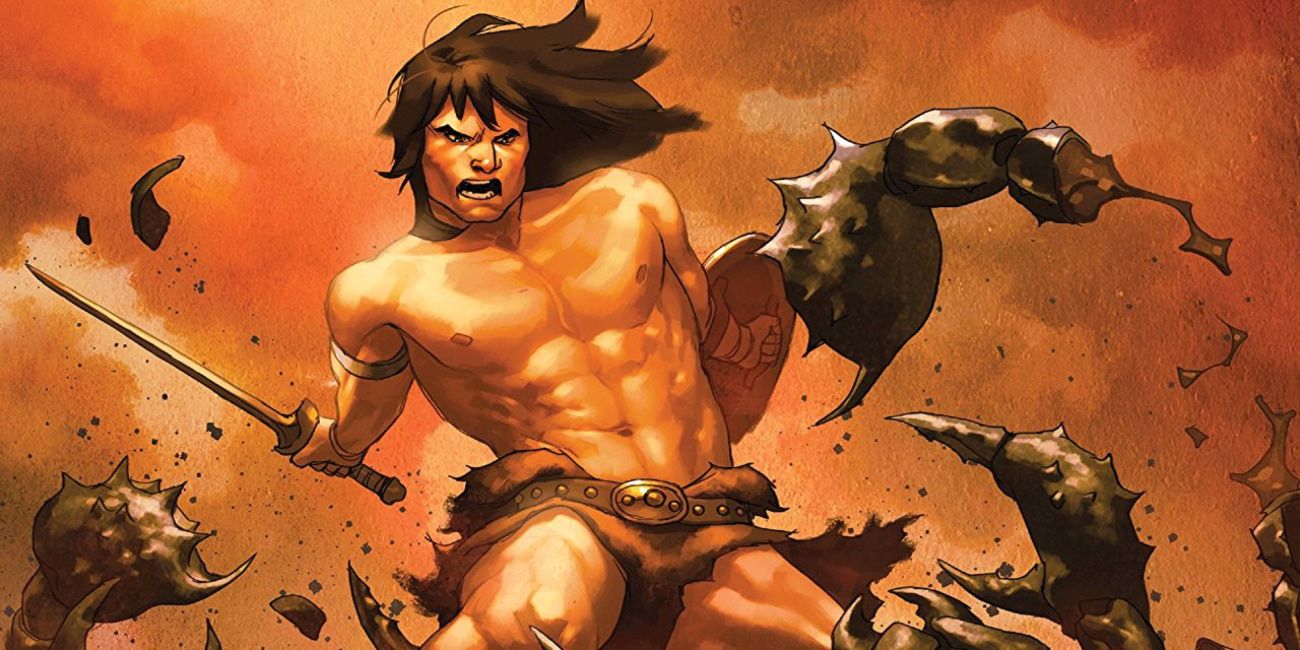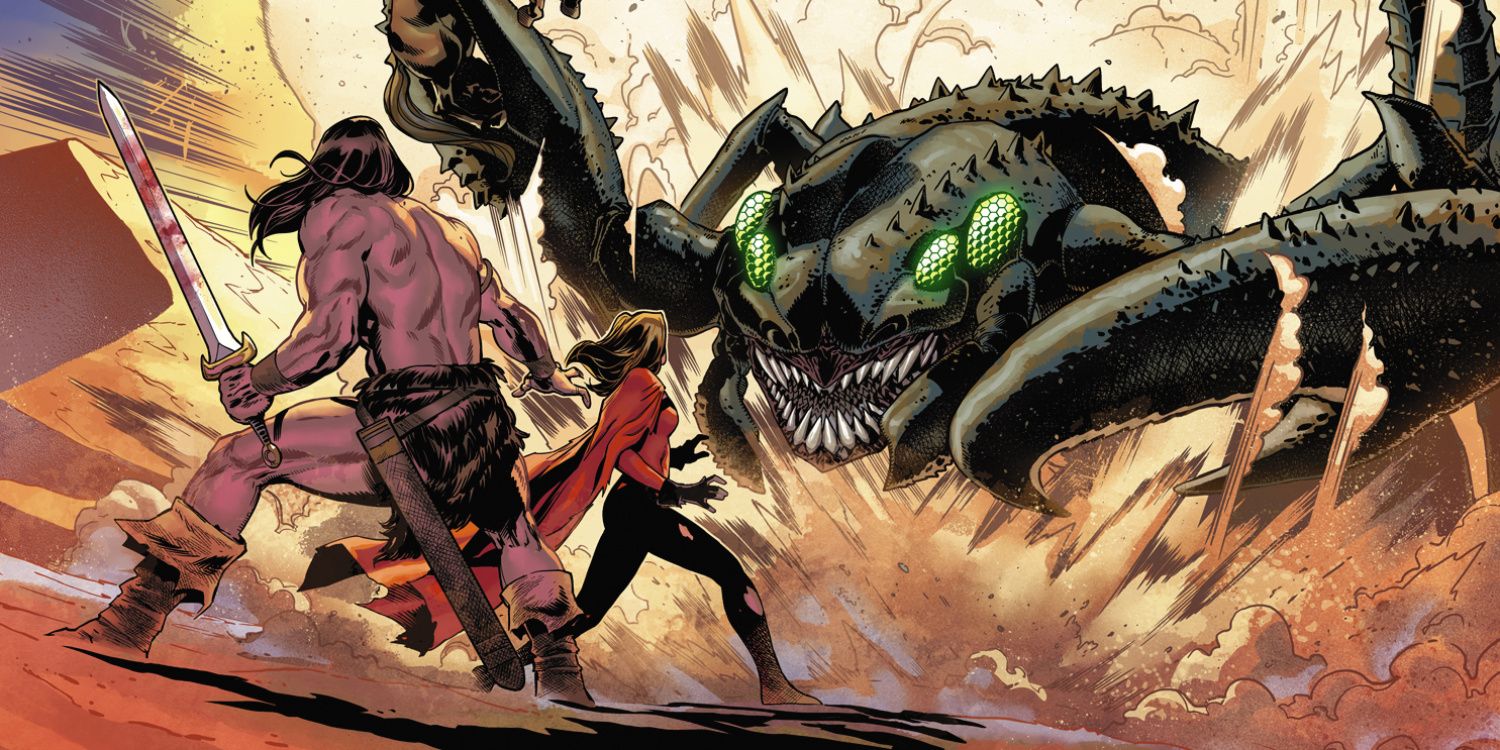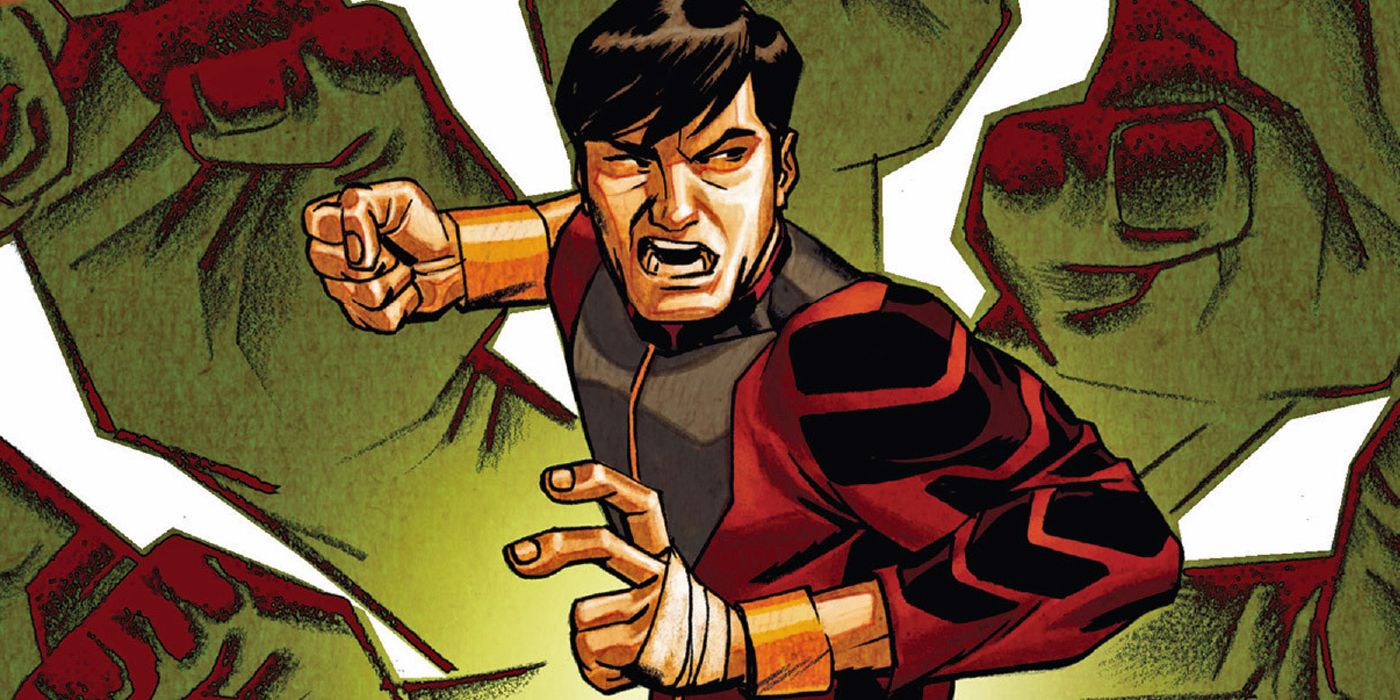Customizing your character in Dungeons & Dragons is one of the best parts of the player experience, and multi-classing allows you to add unique mechanical and narrative flavor to your campaign. Becoming a Barbarian and Monk isn't the most powerful or popular multiclass choice, but it does make for some surprisingly interesting and compatible roleplaying options.
The spirit of having more than one character class depends on your playstyle. Sometimes, multiclassing creates powerful combat synergies; other times, it's purely for narrative depth and story. No matter your motivation for building a Barbarian Monk, here are some important details you should know about the class.
10 Your Unarmored Defense Doesn't Stack
According to the D&D designers and the multiclass rules in the Player's Handbook, you cannot double-dip on the Unarmored Defense feature. Monks and Barbarians both get Unarmored Defense at level one. Unarmored Defense sets your Armor Class (AC) to 10 plus your Dexterity modifier, plus either (for Monks) Wisdom modifier or (for Barbarians) Constitution modifier, as long as you aren't wearing any armor. So, you cannot add both Wisdom and Constitution. Moreover, how you plan on explaining what makes you so hard to hit effects what other items you can use. The barbarian version allows you to use a shield and keep your unarmored defenses. The Monk version does not.
9 Your Movement Bonuses Do Stack
The first cool aspect of being a Barbarian Monk is that you can be super fast. As long as you aren't using a shield or armor, monks get ten feet of increased speed per round starting at their second level. You also become five feet faster every five monk levels. Barbarians get an extra ten feet of movement at level five. As early as level seven, a Barbarian Monk has a 50-foot movement speed, almost double the amount of the average player from a different class (30 ft). Combined with other monk's movement abilities like Step of the Wind, you can easily chase down any enemy in the vicinity. You will also be able to retreat just as expeditiously, no spells needed.
8 You Can Spend Ki Points When Raging
Another interesting part of Barbarian/Monk combat synergy is what happens when you go into a barbaric rage. As a Barbarian Monk, you get all the benefits of a rage – damage resistance, extra weapon damage, advantage on Strength checks, and saving throws – while choosing to spend ki points for special monk effects even when you're mad. For instance, on your next turn after you enter a barbaric Rage, you can start to use the Monk's Flurry of Blows to take opponents down. Also, your flurried fist blows can gain the benefit of the Barbarian's +2 damage bonus when raging. Different Monk traditions have different abilities. Which brings us to...
7 You Can't Cast Spells While Raging
An enraged Barbarian is simply too angry for spell casting. Official rules state that Barbarians can't cast or concentrate on spells while raging, and some Monk traditions allow you to spend ki points to cast spells. This is an important warning: your Dungeon Master (DM) may not allow you to use ki points for spell casting abilities if you choose to rage. The most common Monk traditions this rule affects are the Way of the Shadow and Way of the Four Elements.
Way of the Shadow usually allows Monks to spend ki points cast Darkness, Darkvision, Silence, and Pass Without Trace. Way of the Four Elements is a little trickier. Some elemental abilities like Water Whip and Fangs of the Fire Snake create spell-like effects but don't literally "cast" a named spell, unlike Fist of Four Thunders (casts Thunderwave) or Gong of the Summit (casts Shatter). Only the latter type of abilities are technically off limits. However, the beauty of D&D and other RPGs is that house rules are always fair game. If you are interested in being a Four Elements Barbarian Monk, the best thing would be to talk to your DM about what abilities seem fair for your character and campaign.
6 Consider How Your Barbarian Path and Monastic Tradition Interact
Speaking of synergies, it's also important not to forget to explain how your character's story relates to their classes. As your character grows and levels, they will select a Barbarian Path and their Monastic Tradition. While no pairing is off-limits, it might be fun to narratively explore how your primal barbarian nature plays with your monastic discipline. For example, a Berzerker Barbarian who learned the Way of the Drunken Master makes for obvious hilarious fun and chaos in combat. A Totem Warrior Barbarian can be easily fused with any monastic tradition, such as the classic Way of the Open Hand. And a Zealot Barbarian who has mastered the Way of the Long Death can fully encapsulate the phrase "too angry to die."
5 Choose Your Weapons Wisely
Monks have limitations on weapons that enable their martial arts, so running around with barbarian weapons means you can't always do all the cool monk stuff that you want to do. While a Barbarian Monk will have proficiency in martial weapons and shields from their Barbarian side, their Monk powers come mostly from their fists and (select) simple weapons. The best weapons for a Barbarian Monk allow you to maximize your monk abilities while still getting bonus damage benefits. Consider using a spear, quarterstaff, or hand ax. These weapons allow you to hit hard, then use your Stunning Strike to take down foes.
4 Get In The Front Line
Here is an important reminder to beginner players that is not limited to Barbarian Monks: know your role in the party. Both Barbarian and Monk classes are "in your face" damage-dealing classes who also can function as a defensive "tank" for your party. You are most effective when you are right in front of your enemies, preventing them from attacking your "squishier" spell-casting teammates.
As a Barbarian Monk, do not be afraid to jump into the middle of a bunch of baddies and grab their attention. Your hit points (especially Enraged) will be much higher than any wizard or sorcerer on your team, so you should soak enemy damage so your spell casters can concentrate on their magic. D&D is a teamwork game, so knowing your role as the "meat shield" for your friends will make your party more successful in combat.
3 Pick The Sentinel Feat
One great way to be an effective defender for your party is taking the Sentinel feat. The feat allows you to react to an enemy leaving your threat range, granting you an attack of opportunity on the creature. If you successfully hit it, you can stop the creature in its tracks. You can also take opportunity attacks on nearby creatures attacking your friends. This feat is one of the most frustrating feats for DMs but also incredibly useful for characters like the barbarian, fighter, and paladin.
2 Dump Intelligence Or Charisma (Or Both)
Having multiple classes means balancing character stats with both classes in mind. Monks need a minimum of 13 in Dexterity and Wisdom, while Barbarians need 13 minimum in Strength. Depending on how you choose to allocate starting stats, this means some other stats will need to be lower... possibly much lower. Constitution should be kept relatively high so your Barbarian Monk can benefit from the extra HP to tank damage for the team. "Min-maxers" (folks who want to optimize their character builds perfectly) recommend dumping Intelligence and/or Charisma for both Monks and Barbarians, so you might have to suffer with being an awkward oaf for the best combat stats.
1 Have Fun With Your Backstory
Combat, however, is not the only meaningful part of Dungeons & Dragons. When building a character, the arguably most important thing is your backstory: what motivates your character, how you got to where you are at the start of the campaign, and how you might interact with your party members. When picking a multiclass like Barbarian Monk, it's always good to consider why your character is both primal yet disciplined, both raging and focused. Most importantly, your backstory should be a way for you to have even more fun in this game of cooperative storytelling.

